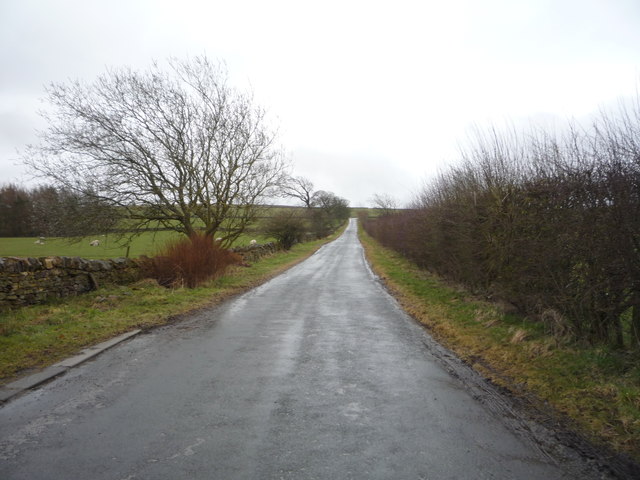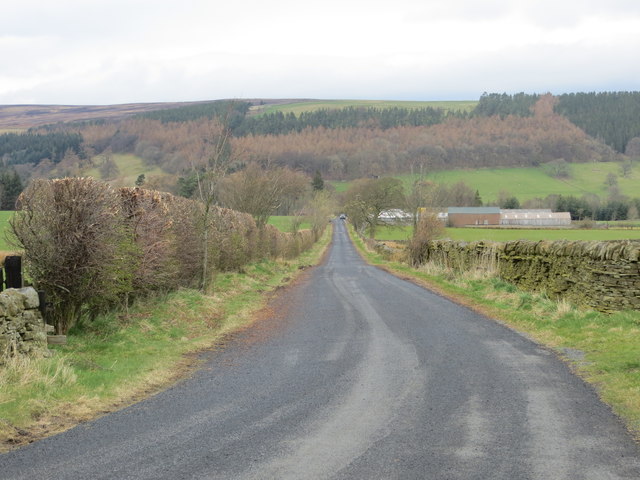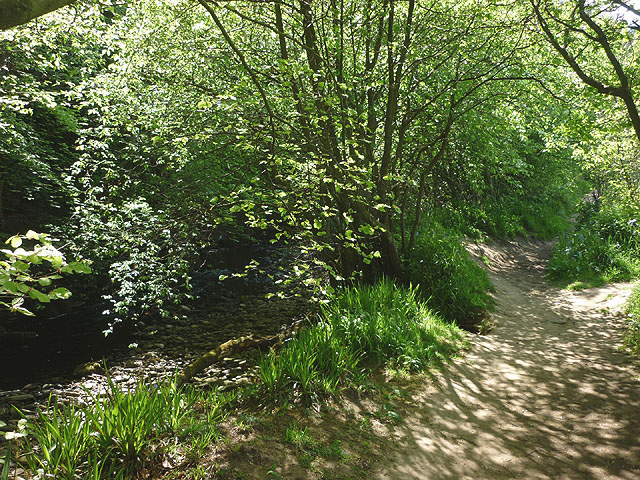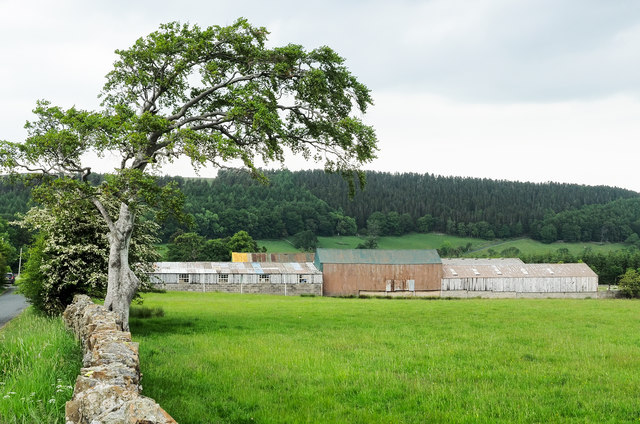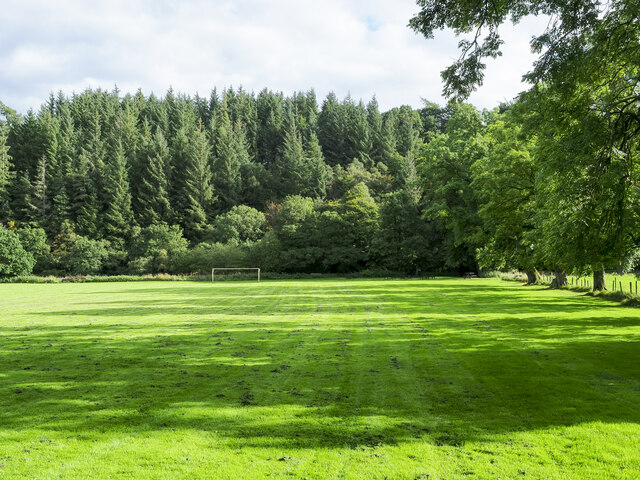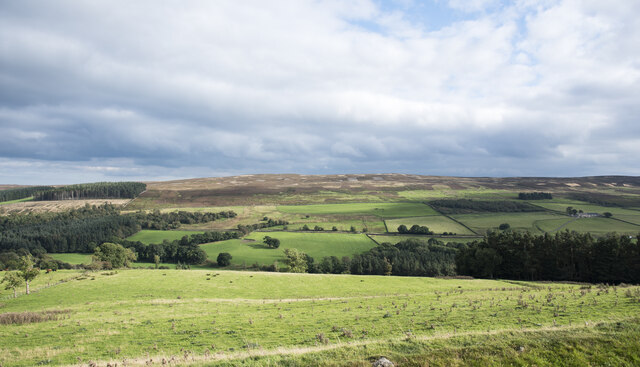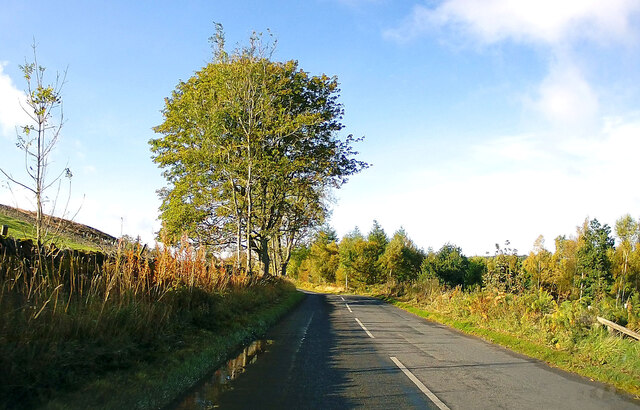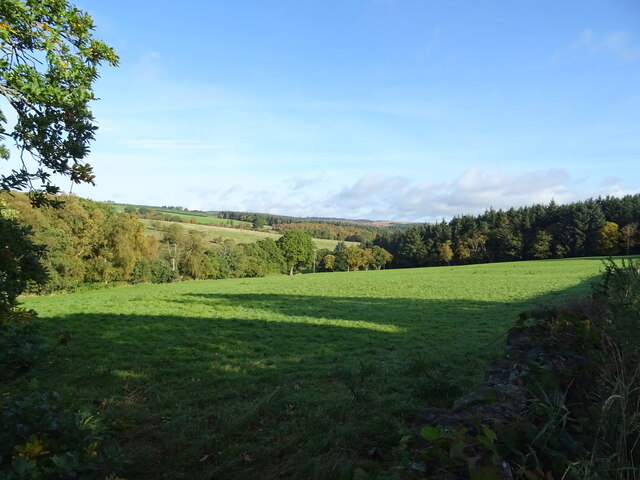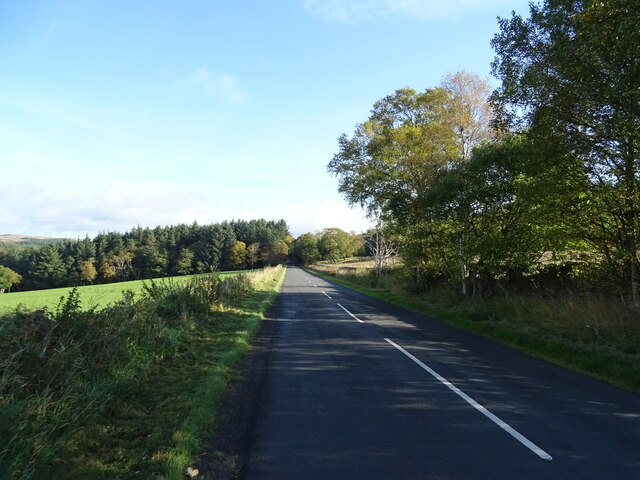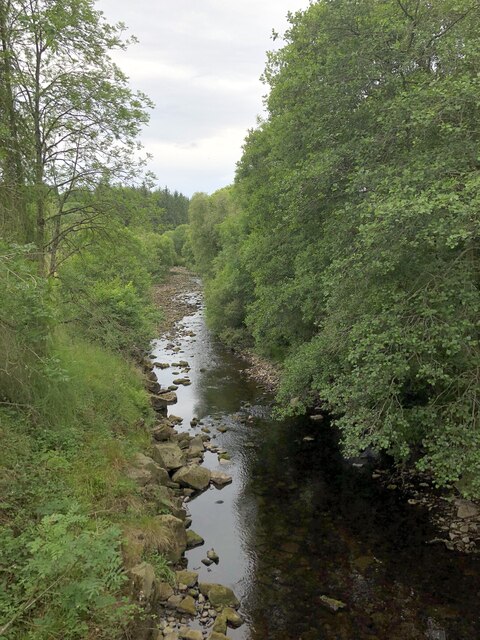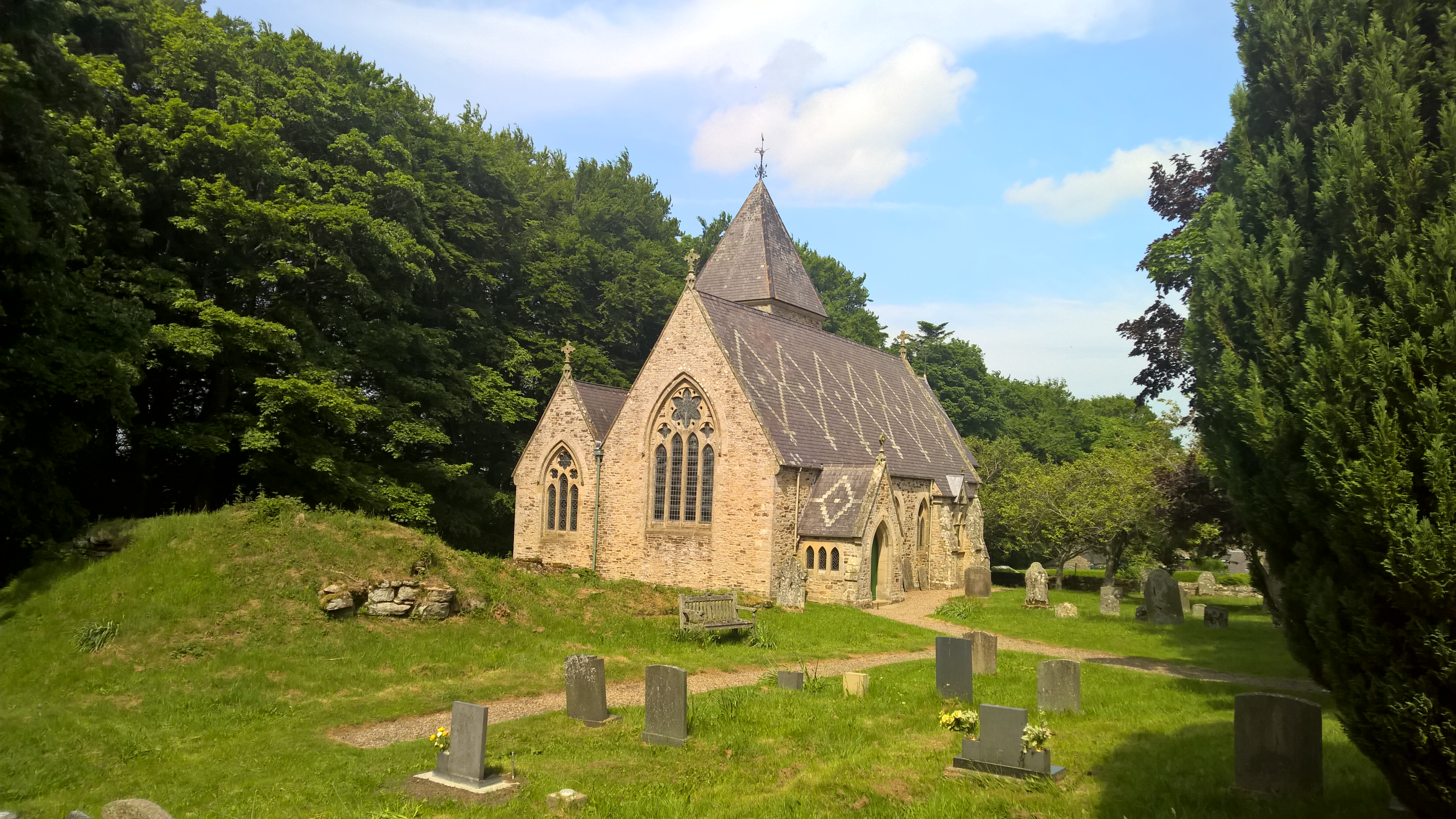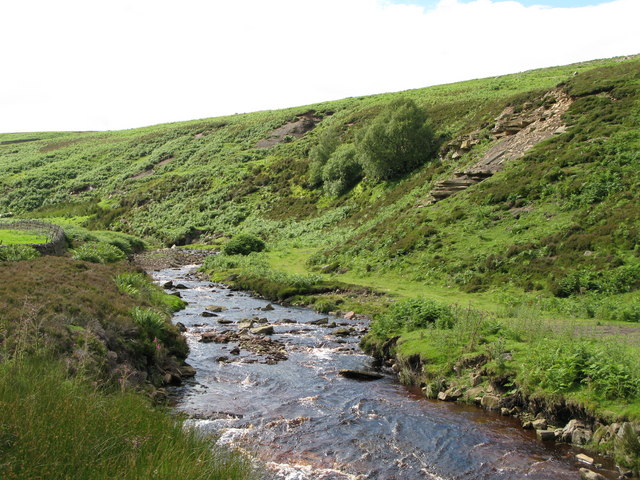Bog Wood
Wood, Forest in Northumberland
England
Bog Wood
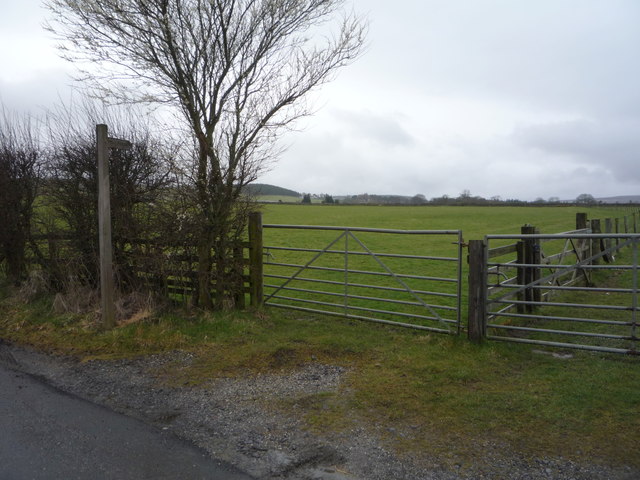
Bog Wood, located in the county of Northumberland, is a dense forest known for its unique ecosystem and stunning natural beauty. Covering an area of approximately 500 acres, this ancient woodland is a haven for nature enthusiasts and outdoor adventurers.
The forest is predominantly composed of boggy peatland, characterized by wet and acidic soil conditions. This creates a diverse habitat for a wide range of plant and animal species that thrive in this specific environment. Visitors to Bog Wood can expect to find an abundance of mosses, ferns, and heather, as well as various species of trees such as birch, oak, and rowan.
The woodland is crisscrossed by a network of trails and pathways, allowing visitors to explore its many hidden gems. From tranquil streams and picturesque ponds to enchanting clearings and dense thickets, there is something for everyone to enjoy. The forest also boasts an array of wildlife, including deer, foxes, and a variety of bird species, making it a prime location for birdwatching and wildlife photography.
Bog Wood has a rich history, with evidence of human presence dating back thousands of years. Archaeological finds, including ancient tools and pottery, have been discovered within the forest, suggesting that it was once inhabited by early settlers. Today, the woodland is protected and managed by local authorities to ensure its preservation and to provide a tranquil retreat for visitors seeking solace in nature.
If you have any feedback on the listing, please let us know in the comments section below.
Bog Wood Images
Images are sourced within 2km of 54.852416/-2.0383615 or Grid Reference NY9750. Thanks to Geograph Open Source API. All images are credited.
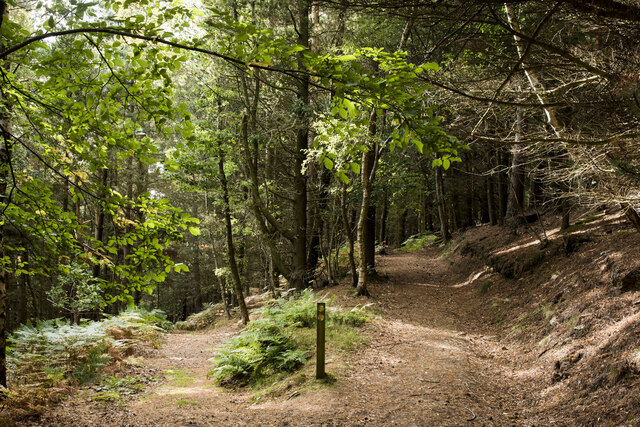
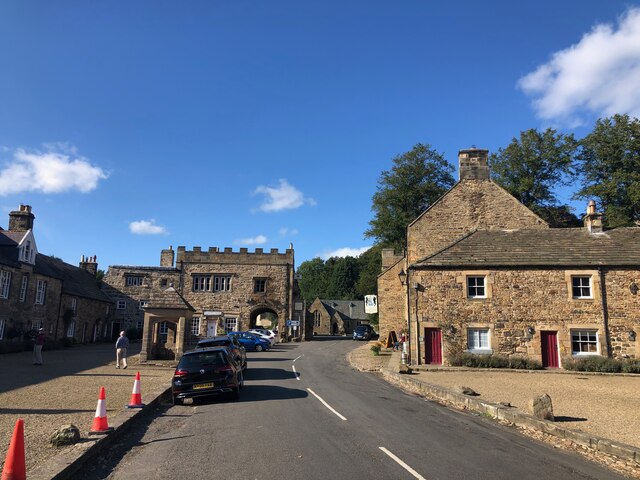


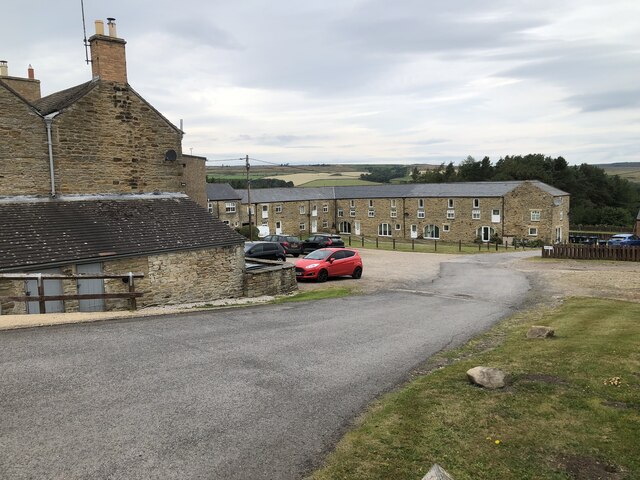
Bog Wood is located at Grid Ref: NY9750 (Lat: 54.852416, Lng: -2.0383615)
Unitary Authority: Northumberland
Police Authority: Northumbria
What 3 Words
///clothed.showcases.thud. Near Slaley, Northumberland
Nearby Locations
Related Wikis
Blanchland Abbey
Blanchland Abbey at Blanchland, in the English county of Northumberland, was founded as a premonstratensian priory in 1165 by Walter de Bolbec II, and...
Blanchland
Blanchland is a village in Northumberland, England, on the County Durham boundary. The population of the civil parish at the 2011 census was 135.Set beside...
Baybridge, Northumberland
Baybridge is a small village in Northumberland, England, just to the west of Blanchland and on the border with County Durham. It is situated to the west...
Hunstanworth
Hunstanworth is a village in County Durham, England. It is situated approximately 10 miles to the west of Consett, south-west of the village of Blanchland...
Pow Hill Bog
Pow Hill Bog is a Site of Special Scientific Interest in the Wear Valley district of County Durham, England. It lies alongside Derwent Reservoir, approximately...
Townfield
Townfield is a village in County Durham, in England. It is situated just to the south of Hunstanworth and part of that parish, about 10 miles (16 km) west...
Beldon Burn
Beldon Burn is a headwater stream of the River Derwent in Northumberland and County Durham, England.It rises at Quickcleugh Moss as the Quickcleugh Burn...
Derwent Reservoir (North East England)
The Derwent Reservoir is a reservoir on the River Derwent, on the border between County Durham and Northumberland, in England. It is west of Consett. It...
Nearby Amenities
Located within 500m of 54.852416,-2.0383615Have you been to Bog Wood?
Leave your review of Bog Wood below (or comments, questions and feedback).
